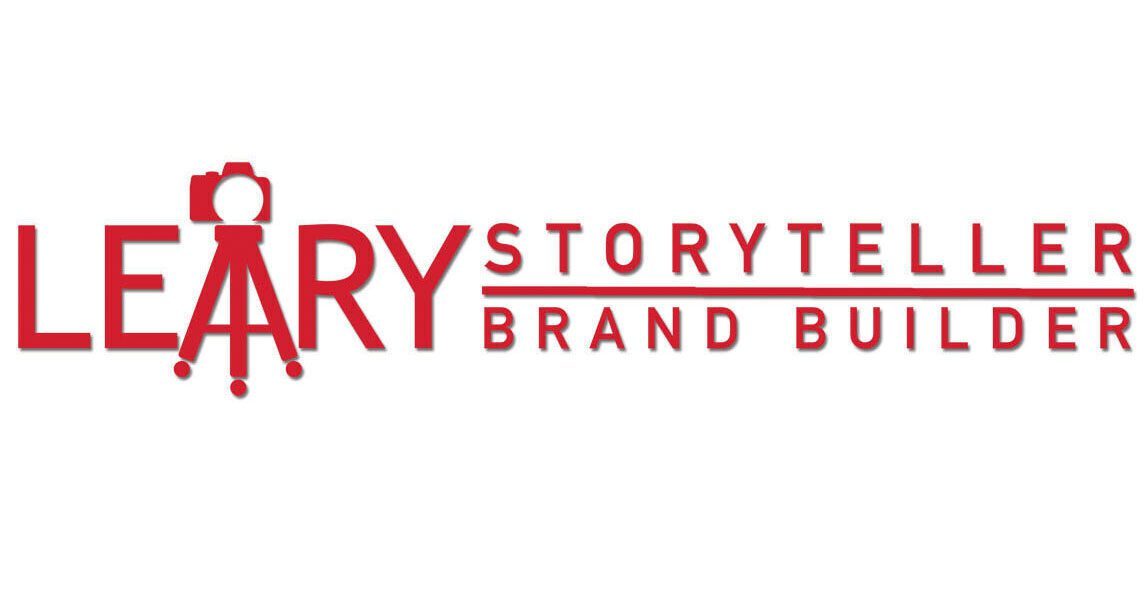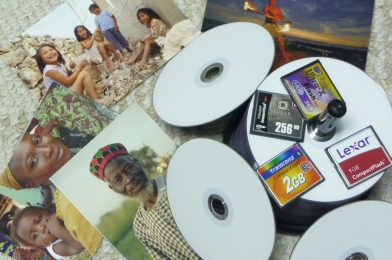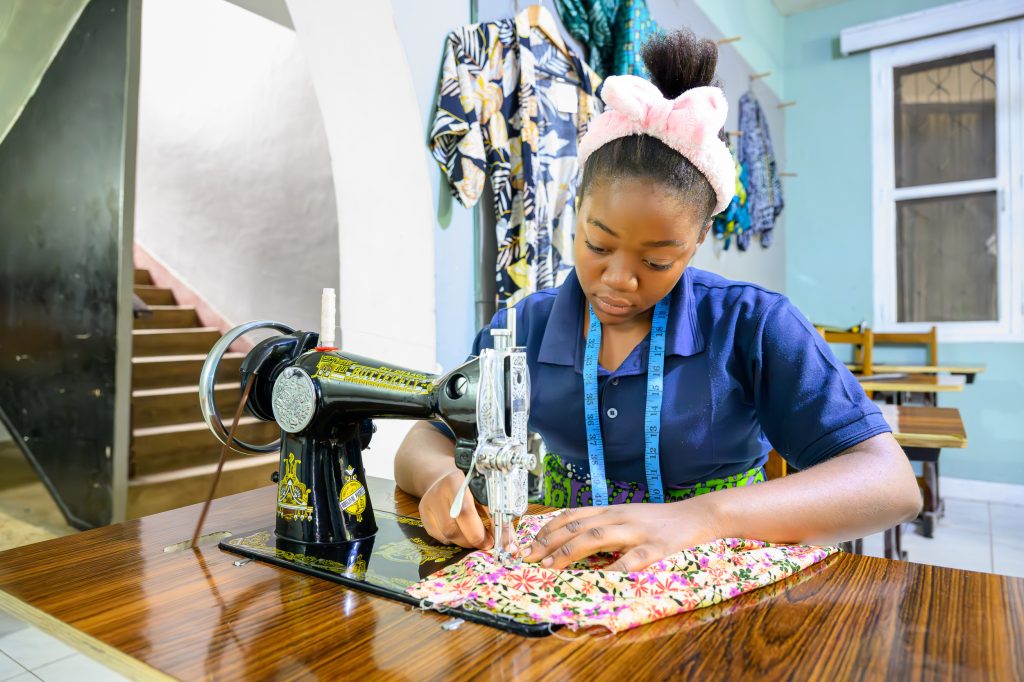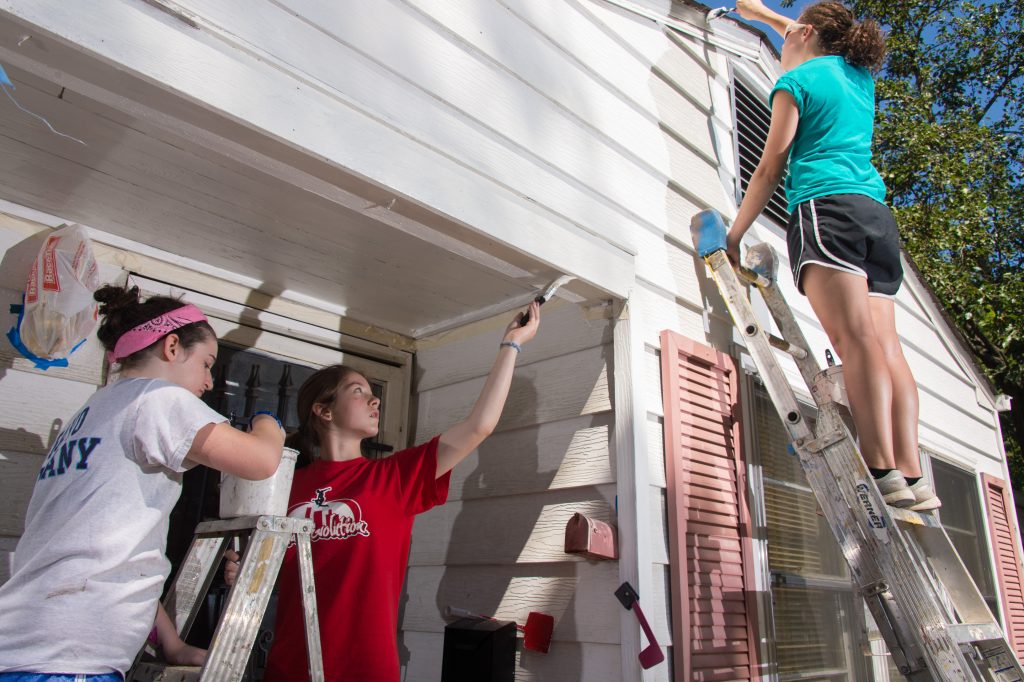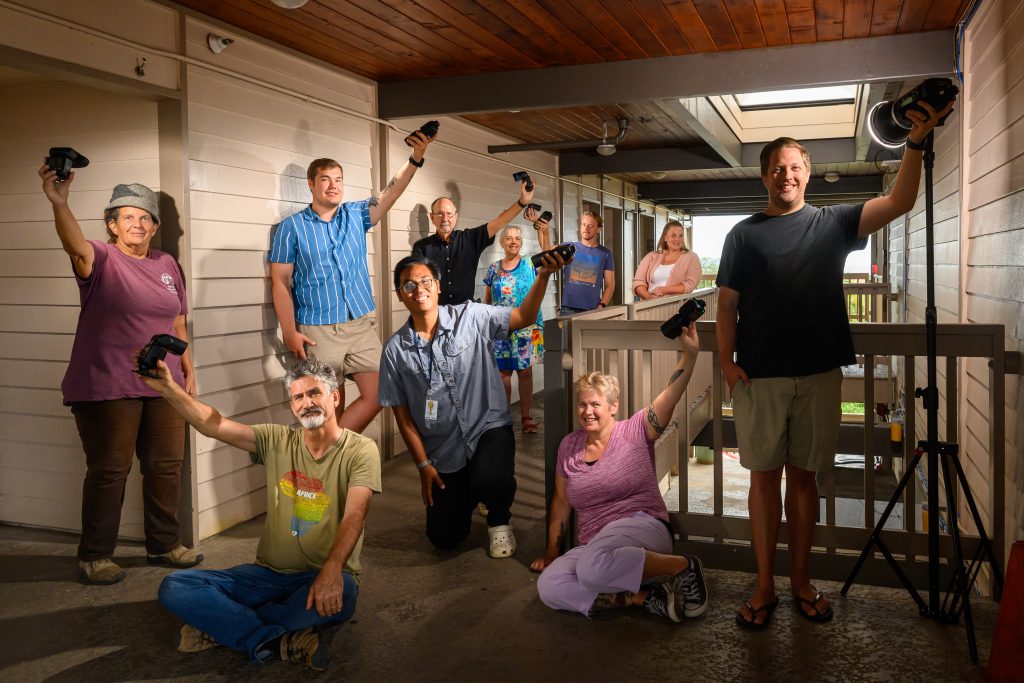“People don’t buy what you do; they buy why you do it. And what you do simply proves what you believe.”
—Simon Sinek
In a world bombarded with messages from every direction, it’s easy to feel lost in the noise. But one tool that has always stood the test of time: storytelling. Whether you’re leading a nonprofit, a ministry, or a business, your stories can make all the difference in building lasting, meaningful relationships with your audience.
When we think of storytelling, we often focus on its role in marketing – driving donations, building awareness, or promoting an event. But storytelling goes far beyond that. At its heart, storytelling is about building connections, about creating a space where your audience feels understood, valued, and part of something bigger than themselves.
**Why Relationships Matter More Than Ever ** Let’s step back. Think about the organizations you care about. What makes you stay connected to them? Chances are, it’s not just their products or services, but the relationship they’ve built with you. You trust them. You resonate with their mission. They make you feel like you’re not just a donor, customer, or supporter but part of their community.
For nonprofits and ministries, this relationship-building is essential. You’re not just trying to meet an immediate need; you’re trying to create a lasting impact. You’re cultivating a community that will stand by you through every challenge and every triumph. And the best way to do that? Tell a story that invites your audience into the journey.
Storytelling as a Bridge to Connection
So, why does storytelling work so well for relationship-building? It’s simple: stories are human. They tap into universal emotions like love, fear, hope, and joy. Hearing a story that resonates with their own experiences or values creates an emotional connection. That’s the foundation of any strong relationship – emotional resonance.
Take a moment to think about the stories that have stuck with you. What made them memorable? Was it the plot? The visuals? Or was it the way those stories made you feel? Whetheit’s’s a film, a book, or a personal anecdote, the stories that stay with uaren’t’t necessarily the ones with the most complicated twists or the highest stakesThey’rere the ones that spoke to us on a deeper level, that made us see something in ourselves or the world that we hadn’t noticed before. That’s what storytelling does for your audience. It creates an emotional bond that transcends mere transactions. Your audience will remember how you made them feel, not just the facts or the outcomes. And when you create that connection, your supporters will feel more invested in your cause. They won’t just be passive observers; they’ll be active participants in your mission.
Storytelling as a Tool for Trust
Trust is another essential ingredient in any relationship. People won’t engage with your organization if they don’t trust you, and they won’t stay engaged if they don’t believe in your vision. Stories help build that trust by showing your audience who you are, what you stand for, and why you’re passionate about your mission.
When you share stories about the people you serve, the challenges you face, and the victories you celebrate, you’re being transparent. You’re letting your audience see the real, human side of your work. They get a front-row seat to your journey, with all its ups and downs. This authenticity is what breeds trust. It’s what turns a one-time donor into a long-term supporter.
How to Use Storytelling to Build Relationships: where the rubber meets the road: how can you use storytelling to build stronger relationships with your audience? Here are a few tips:
- Focus on the People
While your mission is essential, the people behind it are what make it relatable. Share stories about the individuals you serve – their dreams, their struggles, their transformations. Show your audience how their support directly impacts real people, and make them feel like they’re part of those stories. - Be Authentic
People can spot a fake story from a mile away. Be honest about your journey – the successes and the failures. Vulnerability builds connection; don’t be afraid to share the challenges and setbacks that come with your work. It’s through those struggles that your audience will relate to you the most. - Use Visuals to Enhance the Story
They say a picture is worth a thousand words, and that couldn’t be more true when it comes to storytelling. Powerful imagery can amplify the emotional impact of your story. Whether it’s a photo that captures a meaningful moment or a video that brings the story to life, visuals can create an immediate connection that words alone can’t achieve. - Invite Your Audience into the Story
Encourage your supporters to become part of the narrative. Share stories about the impact of their involvement, whether through a donation, volunteering, or simply spreading the word. When people feel part of the story, their connection to your mission deepens. - Be Consistent
Building relationships takes time. Make storytelling a regular part of your communication strategy. Whether through social media, email updates, or blog posts, continue to share your story – and ensure it evolves. People want to see how their support is making a difference over time.
The Power of a Good Story
Ultimately, storytelling is not just about sharing information but also about creating a lasting bond with your audience and inviting people to be part of something bigger than themselves. When you build that connection, you make a community that will stand by you, not just for one campaign but for the long haul.
So, the next time you sit down to craft a message, ask yourself: What story am I telling today? And more importantly, how can this story help me build a deeper relationship with my audience? The power of storytelling is not just about marketing; it’s about connection, trust, and creating a community that believes in your mission as much as you do.
